There can be your advertisement
300x150
How to Choose Bed Linen: 6 Useful Tips
The human body rests best during sleep, which makes it especially important that this time passes as comfortably as possible. Soft, pleasant-to-the-touch bed linens will help ensure a good rest. Therefore, it's not worth economizing on this item of home textiles, and you should choose it with great care.
Tip #1: Choose the Right Size
Many people know that there are several sizes of bed linens: single, full (150x210 – 160x220), double (175x210 – 200x220), European or so-called "kingsize" (200x220 – 220x240). The sizes of pillowcases may also vary – 50x70 or 70x70. Some sets include pillowcases in both sizes, but you should pay attention to this detail to avoid problems with fit later.
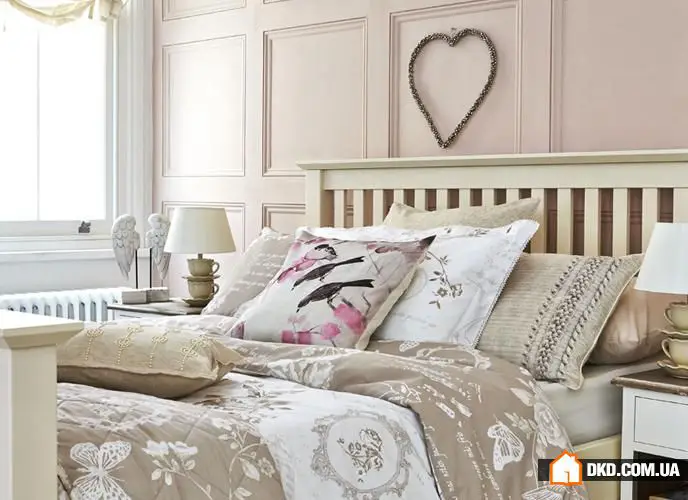
Tip #2: Pay Attention to Quality
Bed linens should allow air to circulate and "breathe," and absorb sweat. It's better to choose bedding made from natural fabrics like silk, linen or cotton. You should also consider how durable the material is – bed linens require frequent washing. It's preferable if the fabric is dense, otherwise it will tear after just a few washes. You can assess the fabric density visually – the looseness of fibers is obvious at a glance.
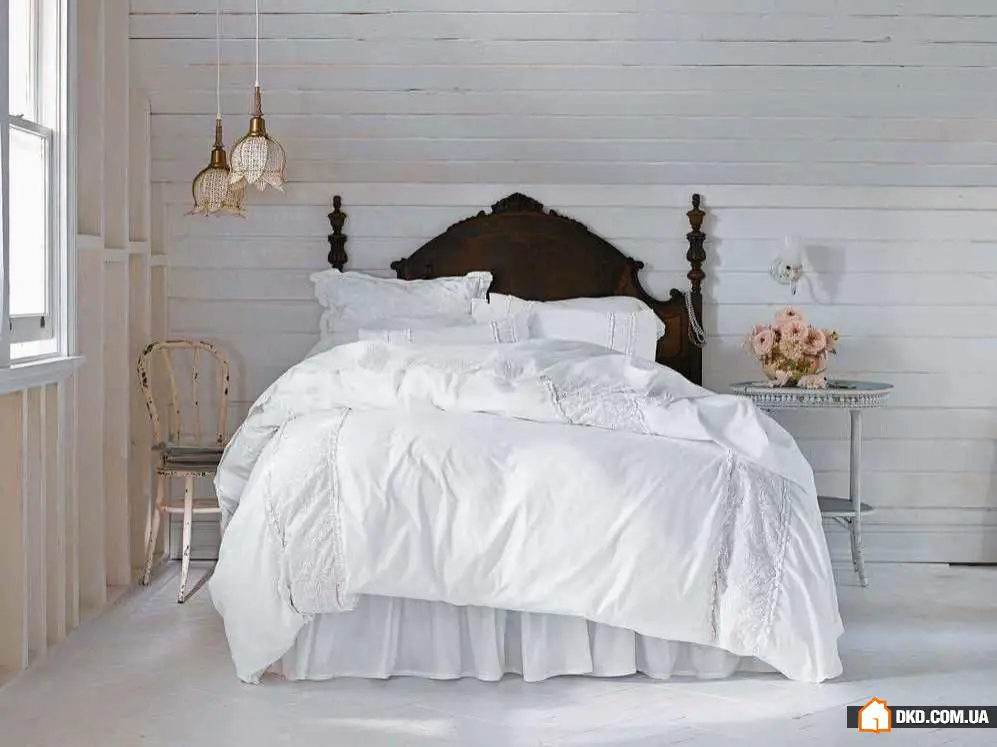
Tip #3: Select the Fabric Type
Cotton is currently the most popular material for bed linens. Cotton fabrics, depending on the weave technology, can vary: muslin, satin, batiste. Muslin is a good material for home textiles because it's durable and wear-resistant, with relatively low cost. Batiste bedding is usually reserved for "special occasions," as it is not intended for daily use, since it thins out after about 20 washes. Satin is a strong, beautiful fabric with a subtle sheen.

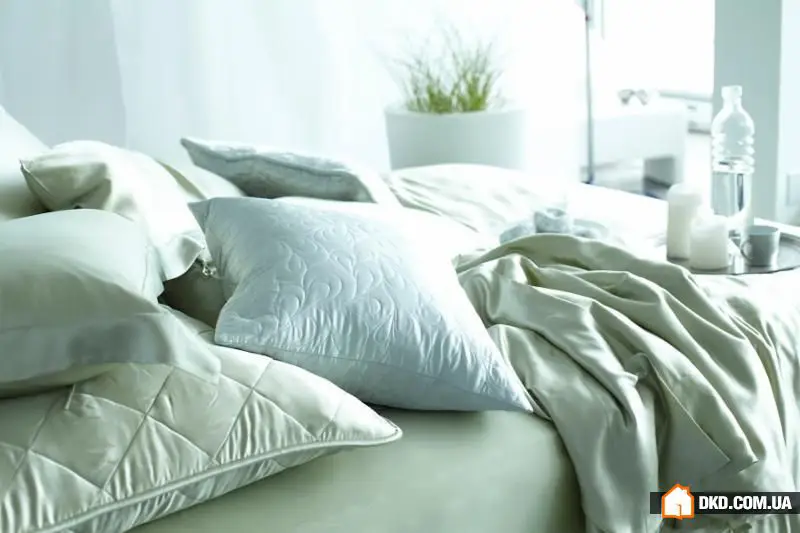
Tip #4: Inspect the Seams
Examine the bedding – duvet cover or pillowcase – from the inside. High-quality bedding should be stitched with a special double seam, and the edges should be tucked inside. Unfinished edges are a sign of poor quality. The threads used for stitching should be strong and matched to the color of the fabric. The bedding should be made from one continuous piece without seams in the middle. If there is embroidery or trim on the set, it should also be of good quality and not irritate the skin.
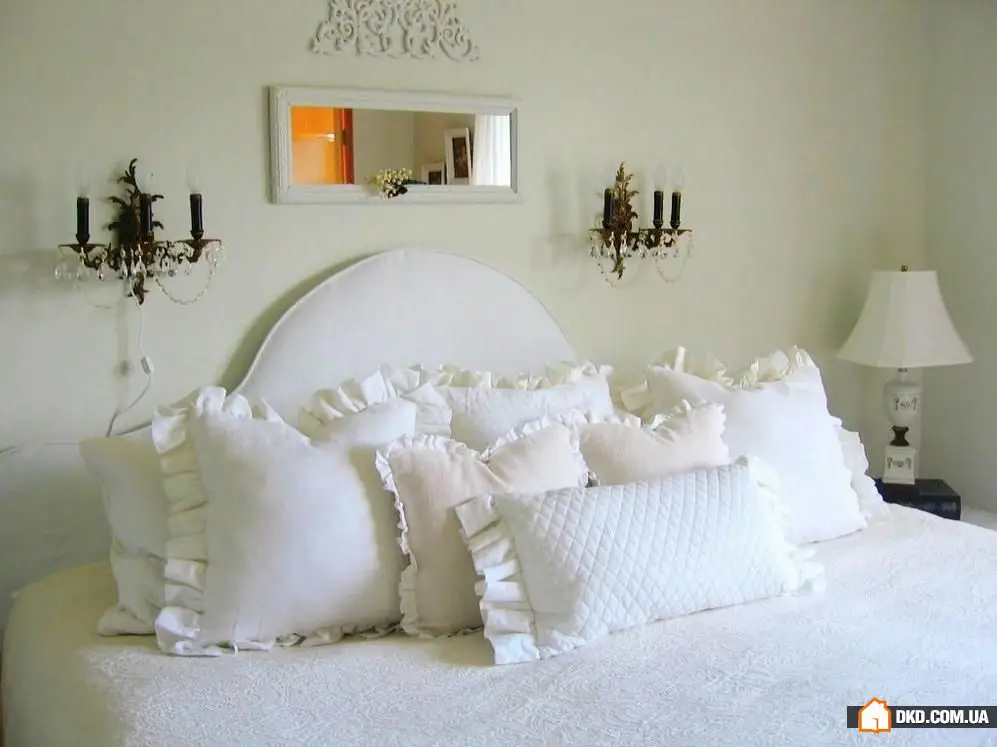
Tip #5: Choose the Right Color and Pattern
Today, bed linens come in a wide variety of colors and patterns, making it hard to choose just one. When selecting the color palette for a set, consider the dominant colors in the bedroom – ideally, the bed linen should harmonize with the curtain and wallpaper colors.
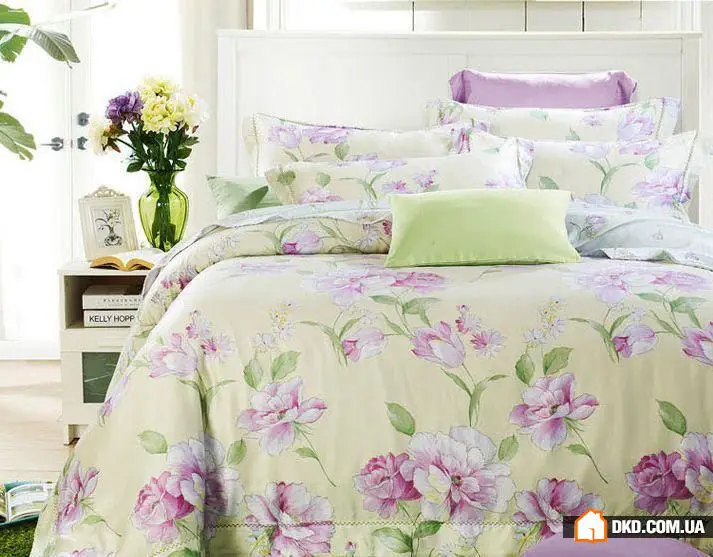
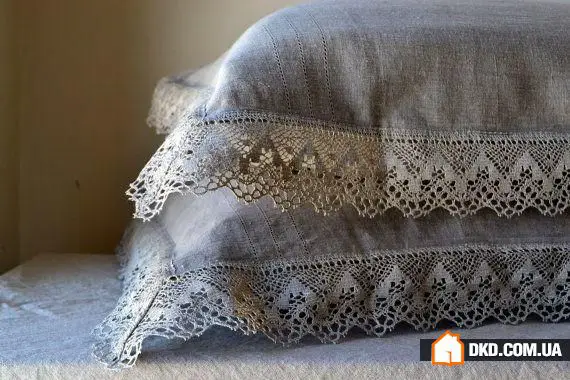
Tip #6: Evaluate the Fabric Colorfastness
Pay attention to how vivid the pattern is. Overly saturated colors can fade in just a couple of washes. Smell the bedding – the fabric should smell like new textile, and a strong dye odor indicates poor quality, which may cause the bedding to fade quickly. Compare the intensity of the color on the front and back sides – they should be nearly identical. Additionally, the maximum wash temperature listed on the label is also an indicator of dye quality. If the bedding can withstand 60 degrees Celsius, then the dye is stable.
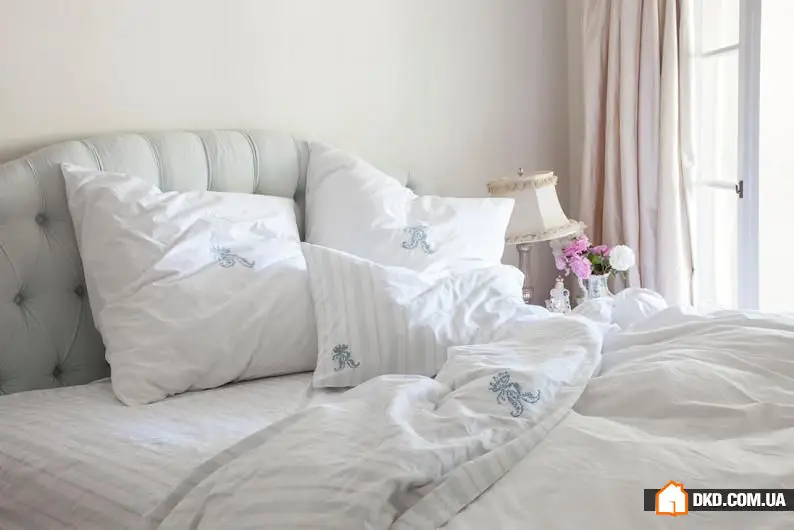
More articles:
 Ten Best Ideas for Designing Homes with Open Layouts
Ten Best Ideas for Designing Homes with Open Layouts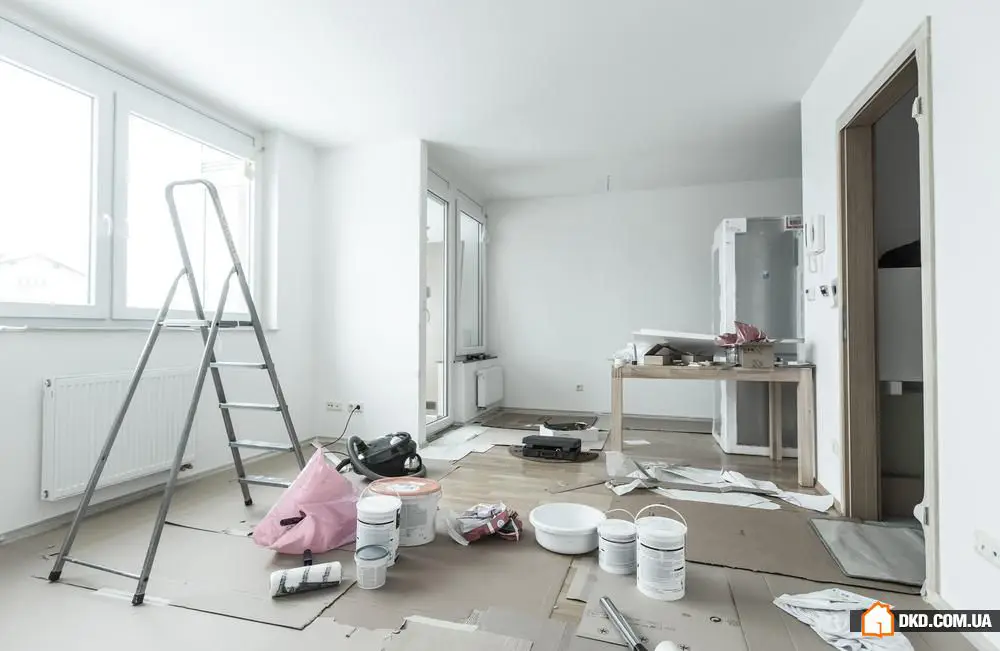 How to Do a Repair for Reasonable Money: 10 Effective Tips
How to Do a Repair for Reasonable Money: 10 Effective Tips 40 Genius Ways to Store Things in the House
40 Genius Ways to Store Things in the House What to Do If Parquet Has Swelled: Step-by-Step Guide
What to Do If Parquet Has Swelled: Step-by-Step Guide The Great Wall by Luigi Rosselli
The Great Wall by Luigi Rosselli Stylish Venetian Loft by Serafien De Rijckedreef
Stylish Venetian Loft by Serafien De Rijckedreef Apartment on Park Avenue by Pier, Fine Associates
Apartment on Park Avenue by Pier, Fine Associates New and Bright Scandinavian Apartments on the Rooftop
New and Bright Scandinavian Apartments on the Rooftop